High Speed, Approximate Arithmetic Based Convolutional Neural Network Accelerator
Convolutional Neural Networks (CNNs) for Artificial Intelligence (AI) algorithms have been widely used in many applications especially for image recognition. However, the growth in CNN-based image recognition applications raised challenge in executing millions of Multiply and Accumulate (MAC) operations in the state-of-The-Art CNNs. Therefore, GPUs, FPGAs, and ASICs are the feasible solutions for balancing processing speed and power consumption. In this paper, we propose an efficient hardware architecture for CNN that provides high speed, low power, and small area targeting ASIC implementation
Gripping Force Modeling of a Variable Inclined Air Pillow Soft Pneumatic Actuator
Soft pneumatic actuators grasping tasks is one of the essential rules in robot manipulation methods. The grasping forces can be adapted to handle delicate and hard objects without leaving any damages on the object surfaces. This paper investigates the influence of the inclination angle of the soft pneumatic actuator (SPA) on its gripping force at its end tip. A range of inclination angles for SPA is analyzed using Finite Element Analysis (FEA) to estimate the gripping force at the end tip regarding SPA inner faces pressure. FEA study is conducted based on Hyperelastic material modeling
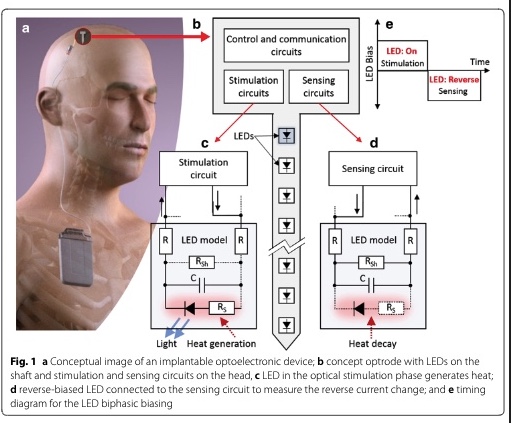
A current-mode system to self-measure temperature on implantable optoelectronics
Background: One of the major concerns in implantable optoelectronics is the heat generated by emitters such as light emitting diodes (LEDs). Such devices typically produce more heat than light, whereas medical regulations state that the surface temperature change of medical implants must stay below + 2 °C. The LED's reverse current can be employed as a temperature-sensitive parameter to measure the temperature change at the implant's surface, and thus, monitor temperature rises. The main challenge in this approach is to bias the LED with a robust voltage since the reverse current is strongly
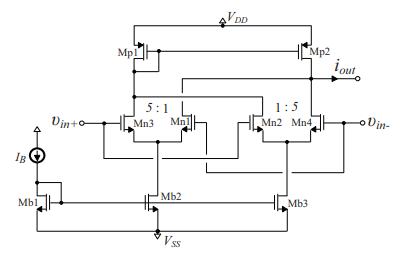
Design of fractional-order differentiator-lowpass filters for extracting the R peaks in ECG signals
An implementation of a fractional-order differentiator-lowpass filter is presented in this work, which is constructed from Operational Transconductance Amplifiers as active cells. This offers the benefits of electronic tuning and, also, of monolithic implementation. The presented scheme has been employed for the extraction of the R peaks in electrocardiogram signals due to its efficiency for performing this task even in a noisy environment. The provided post-layout simulation results confirm the correct operation of this solution as well as its reasonable sensitivity characteristics. © 2019
Simple implementations of fractional-order driving-point impedances: Application to biological tissue models
A novel procedure for the circuit implementation of the driving-point impedance of frequency-domain material models, constructed from fractional-order elements of arbitrary type and order, is introduced in this work. Following this newly introduced concept, instead of emulating separately each fractional-order element in the model under consideration, the direct emulation of the complete model can be achieved through the approximation of the total impedance function. The magnitude and phase frequency responses of the impedance function are first extracted and approximated through curve-fitting
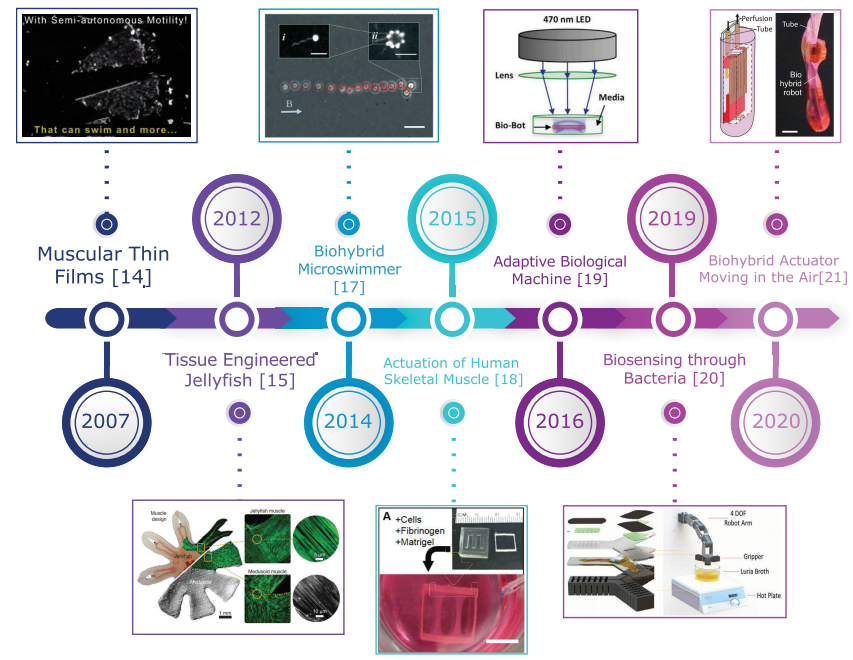
Biohybrid soft robots, E-skin, and bioimpedance potential to build up their applications: A review
Soft Robotics is a new approach towards better human-robot interaction and biomimicry in the robotics field. Its integration with biological materials (Biohybrid soft robotics) is one of the topics being focused on in the soft robotics research in the last fifteen years. The motive for this approach is to combine the best of biological and artificial systems. In this article, Biohybrid soft robots and Electronic Skin (E-skin), which is considered one of the advances of soft robotics, are reviewed. Their most significant milestones and the highlights of their most researched applications are
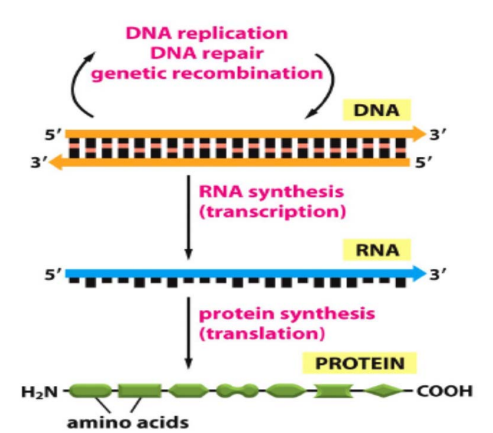
Mathematical analysis of gene regulation activator model
This paper presents a complete analysis of the mathematical model of the gene regulation process. The model describes the induced gene expression under the effect of activators. The model differential equations are solved analytically, and the exact solution of the gene model is introduced. Moreover, a study of the model dynamics, including the fixed points and stability conditions are presented. The parameters effects on the phase plane portraits and the transient responses of the mRNA as well as the protein concentrations are intensively detailed. This work serves as a brick stone towards a
Commercial supercapacitor parameter estimation from step voltage excitation
Supercapacitors are crucial elements in advanced industrial electronic systems particularly when supplied from renewable energy sources. Here, we derive expressions for the current, power, and stored energy in a supercapacitor excited with a step voltage signal. Although, it is not common practice to charge supercapacitors using a step voltage, these devices are sometimes used in switching-type applications where they are subject to this type of signal. We validate the derived mathematical expression of the current via experiments on four different commercial devices. By fitting the measured
Frational Order Inverse Filters Based on CCII Family
This paper proposes two generalized topologies of fractional order inverse filters (FOIF). All possible realizations of each topology are investigated using the second generation current conveyor (CCII) family. Inverse fractional highpass (IFHPF), inverse fractional bandpass (IFBPF), and inverse fractional lowpass (IFLPF) filters are realized using the same topology based on the generalized admittances. Numerical and P-Spice simulation results are presented for selected cases to approve the theoretical findings. The fractional order parameters increase the design flexibility and
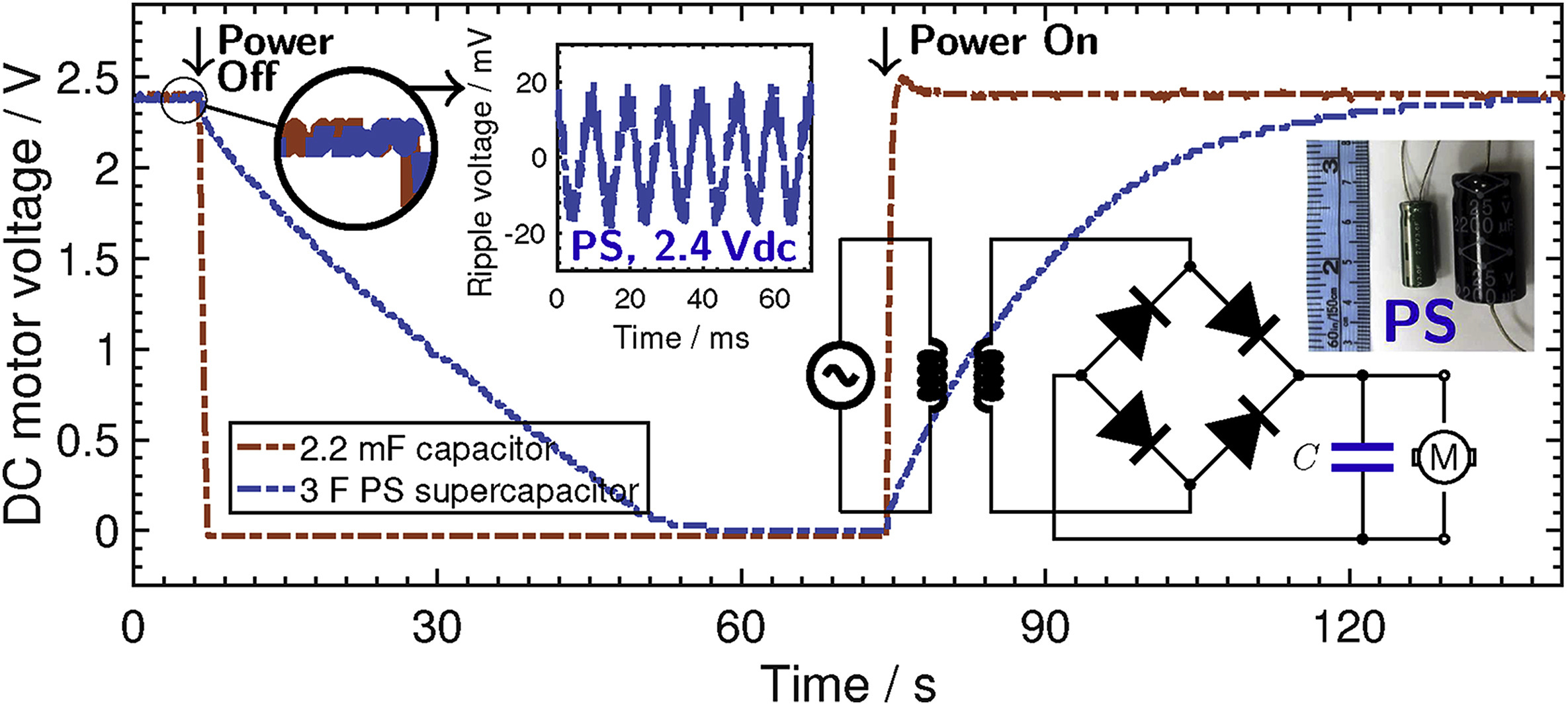
Capacitive behavior and stored energy in supercapacitors at power line frequencies
Supercapacitors are commonly viewed and mainly employed as dc electrical energy storage devices. Their behavior at far-from-dc is usually overlooked and not well explored for potential applications. In this work, we investigate analytically and experimentally the performance of supercapacitor at high frequencies, including the 50 Hz/60 Hz power line frequencies. The variation of effective capacitance, power and energy with frequency are analyzed using a fractional-order model consisting of a series resistance and a constant phase element for both pure sinusoidal and full-wave rectified voltage
Pagination
- Previous page ‹‹
- Page 55
- Next page ››
